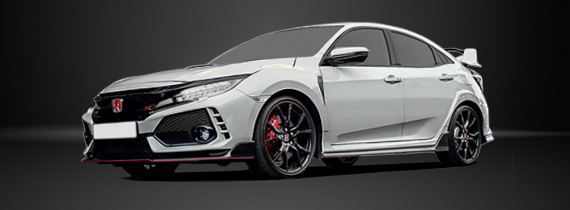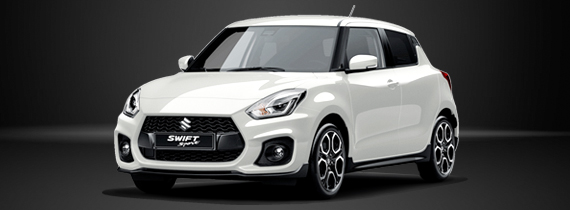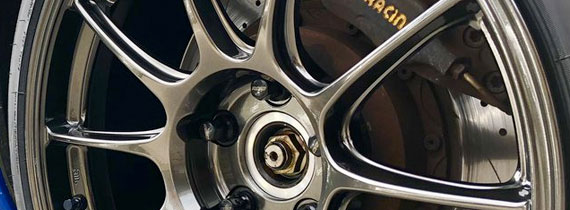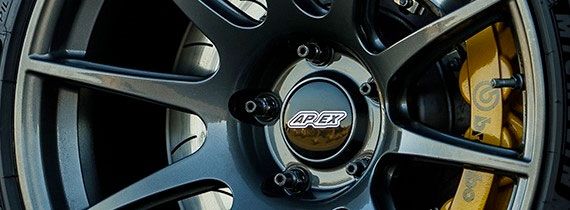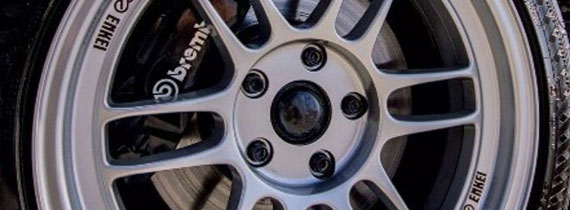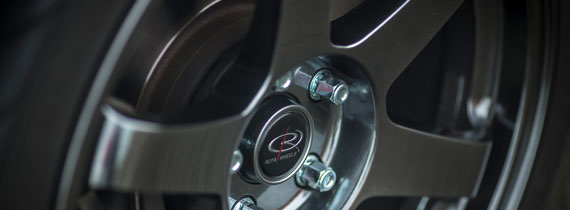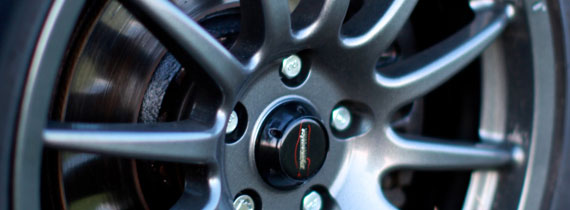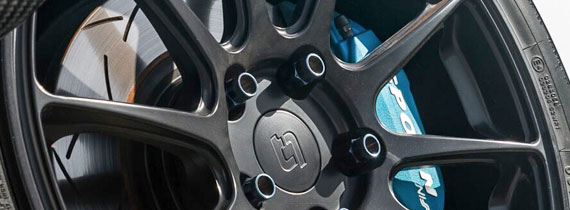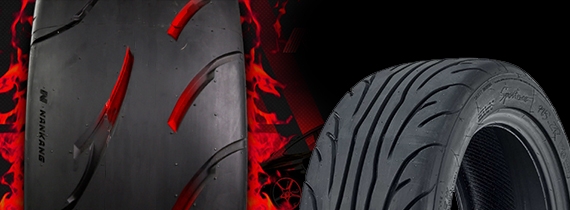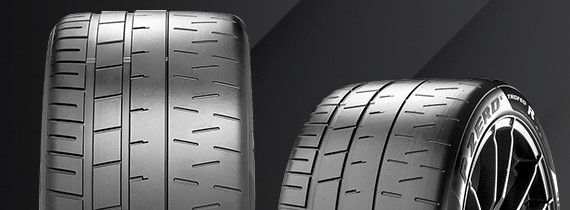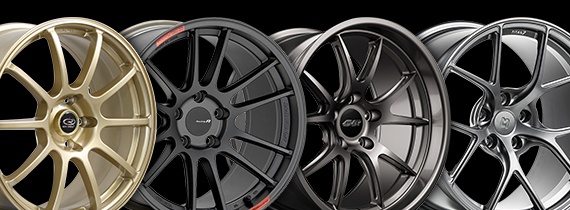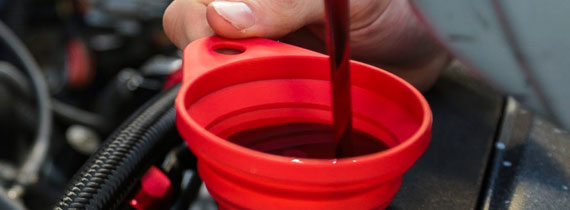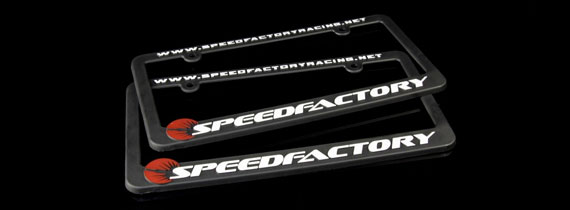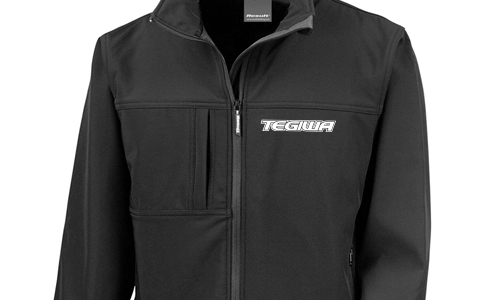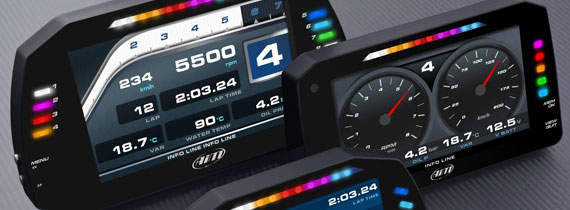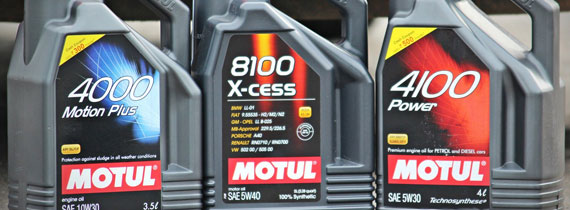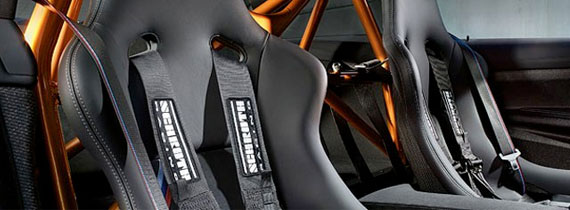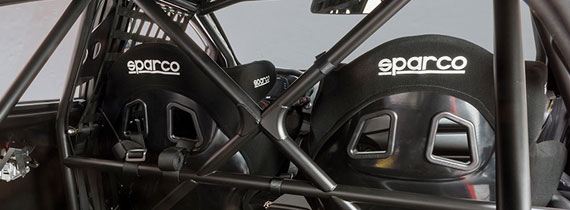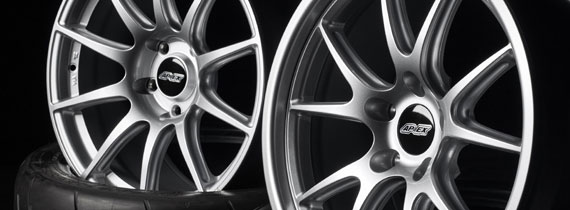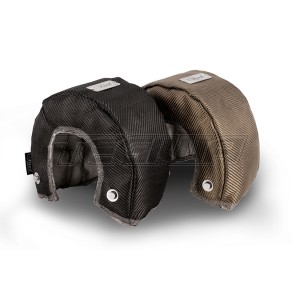Website no longer active. Please use our new website Tegiwa.com
Details
The FK2 Honda Civic Type R has reinvented the term "HOT HATCH". Basing its roots in Motorsport specifically Touring cars, BTCC and TCR, the all new FK2 Civic has accelerated Honda's Type R batch back to the front, and where it belongs. As with most fast hatchbacks, you will find a tight engine bay with little space. The Type R has a turbo which is crammed right behind a radiator and directly below the intake pipework. This creates a few issues on the Civic FK2 Type R, low airflow through this area, Heating up the intake pipework, as well as heating up radiator (lowering its cooling capacity). A turbo blanket REDUCES your under bonnet temperatures, creating MORE usable power throughout the entire RPM range, helping keep your surrounding components more RELIABLE, and helping to ACCELERATE the hot gases away from the engine.
The Turbo Jacket for the Honda Civic, has 1 part which provides MAXIMUM coverage of the turbine housing and allow minimal heat soak. These Heat insulation blankets have been designed specifically for this turbo, unlike other manufacturers which utilise some one size fits all turbo blankets.
Check out our fitting guide of how to fit the Honda Civic Type R blanket:
The FK2 Civic Blanket is based around the construction of the Mk3. Turbo blanket, which has reinvented the durability and performance of the turbo blanket. With an all new construction for 2020, thicker insulation, and a better all round aesthetic. Check out this video to see it in action on the Dyno!
Due to the close proximity between the two halves of the turbo, it is extremely common for heat sink to occur. This can decrease performance output while increasing the work of the input components during the combustion cycle. Funk Motorsport Turbo blankets are designed to keep the hot side of your turbo insulated while keeping the cold side at optimum temperatures. This helps to provide cooler airflow to the cooling system and MAF sensor, leading to an increased ignition spark and higher output of energy from combustion. By ensuring that the turbine sector of the turbo remains hot, less heat will be dissipated into the engine bay, ensuring that exhaust gases will flow with less turbulence from the exhaust.
More Info
| Manufacturer | Funk Motorsport |
|---|---|
| Fitment | N/A |
| Colour | N/A |
| Note | N/A |
- Be the first to review this product
You may also be interested in
Funk Motorsport Toyota Supra Turbo Blanket B58 engine
£195.83 Excl. Tax £235.00 Incl. Tax


